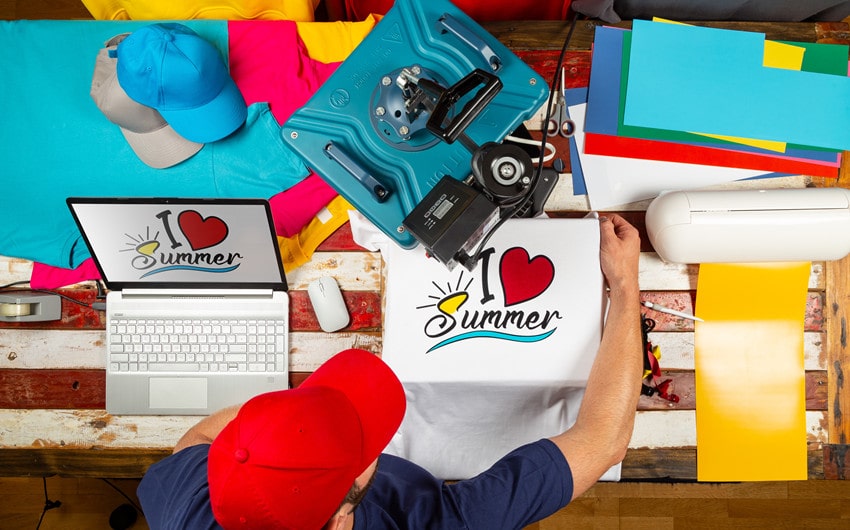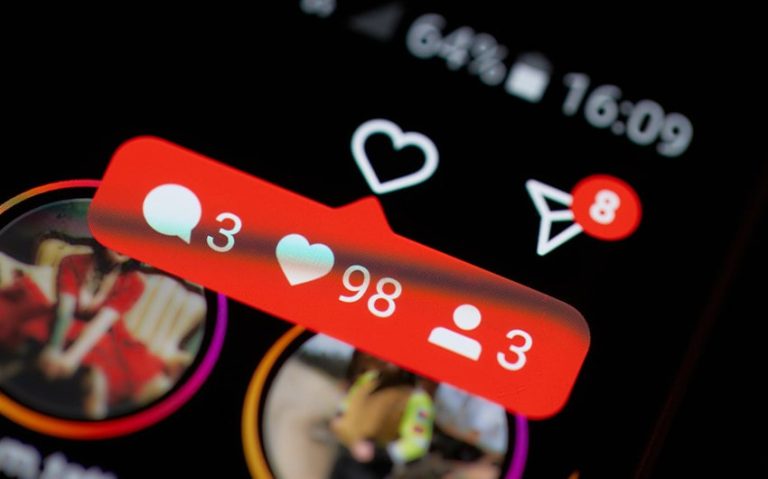Why Branding Matters in the Custom T-Shirt Business and How to Get It Right
In today’s highly competitive custom t-shirt business, branding isn’t just an optional strategy—it’s a necessity. With countless businesses offering similar services, standing out requires more than just high-quality products. Your brand tells a story, creates a connection, and builds trust with your customers. For a custom t-shirt business, effective branding is the bridge between your designs and your customer’s loyalty.
Whether you’re just starting or looking to revamp your approach, understanding why branding matters—and how to get it right—can transform your business. Let’s dive into how branding works and the steps to perfect it for long-term success.
The Importance of Branding in the Custom T-Shirt Business
Establishing Identity
Branding is the foundation of your business’s identity. It’s more than just your logo or tagline; it’s how people perceive your company. In a world where customers are inundated with options, a memorable brand identity helps your business stand out. For example, a business focused on eco-friendly t-shirts can highlight sustainability as a core value, shaping its brand around environmental responsibility.
A strong identity doesn’t just set you apart; it creates a sense of familiarity. When people recognize your brand, they are more likely to trust your products and recommend them to others.
Building Customer Trust
Consistency in branding builds trust. Customers are drawn to businesses they find reliable, and a cohesive brand signals professionalism. If your website, packaging, and social media all share a unified design and tone, it reassures customers that your business is stable and dependable.
For instance, if your custom t-shirt business specializes in community-driven designs, emphasizing this consistently across all platforms—through heartfelt stories and relatable messaging—can foster loyalty. Customers who connect with your brand will keep coming back.
Enhancing Market Position
Your brand can position your business as a leader in the industry. Whether you aim to be a premium provider of custom t-shirts or the go-to choice for affordable designs, your branding sets the tone. A brand that prioritizes high-end aesthetics can command higher prices, while a playful, budget-friendly image appeals to a broader audience.
Branding isn’t just about competing; it’s about defining where you belong in the market.
Key Elements of Effective Branding
Logo and Visual Identity
First impressions matter. A well-designed logo and consistent visual identity create a lasting impact. Think of your logo as the face of your business—it should reflect your style and values. Pair this with a cohesive color palette and typography to create a recognizable look across all platforms.
For custom t-shirt businesses, visuals are particularly important. Your designs already showcase your creativity; your branding should enhance this.
Tone and Messaging
Your brand’s voice is how it speaks to customers. Is it fun and quirky, or professional and informative? Defining your tone ensures your messaging aligns with your target audience. For example, a brand focused on printing t-shirts for small businesses might use an encouraging and supportive tone, while a company targeting streetwear enthusiasts might favor bold, edgy messaging.
Customer Experience
Branding isn’t limited to visuals and words; it extends to how customers interact with your business. From the moment they visit your website to when they open their t-shirt package, every touchpoint should feel intentional and branded. Custom packaging, personalized thank-you notes, and easy-to-navigate websites all contribute to a cohesive brand experience.
Another thoughtful way to extend your brand is through giveaways like custom silicone wristbands, which can be handed out at events or included with orders to boost brand recognition and create a lasting impression.
Social Media Presence
Social media is where your brand comes to life. It’s not just about selling t-shirts; it’s about sharing your story, engaging with your audience, and building a community. Platforms like Instagram and TikTok are perfect for showcasing your designs, behind-the-scenes processes, and even printing methods like direct-to-film printing or screen printing. Highlighting your unique approach helps reinforce your brand identity.
Practical Steps to Get Branding Right
Define Your Target Audience
Who are you designing for? Your branding will only resonate if it aligns with your audience. A t-shirt business catering to sports teams, for example, will have a very different brand than one focusing on personalized gifts. Conducting market research helps refine your focus, ensuring your branding speaks directly to your ideal customers.
Develop a Brand Strategy
A clear brand strategy is like a roadmap for your business. Start with your mission statement—what do you stand for, and what do you offer? Next, establish your core values and how they shape your branding efforts. Use these as a foundation to create brand guidelines, which ensure consistency across all platforms.
Invest in Professional Design
While DIY branding tools can be tempting, investing in professional design often yields better results. A professionally designed logo, website, and marketing materials elevate your business, making it look polished and credible. If budget is a concern, consider freelance designers or platforms like 99designs, which connect you with creative talent at various price points.
Test and Iterate
Branding isn’t static—it evolves as your business grows. Gather feedback from customers about what they love (or don’t love) about your branding. Use data, such as website analytics or social media engagement, to see what’s working. Adjust and refine as needed to keep your branding fresh and relevant.
Real-Life Branding Success Stories
To understand the power of branding, look at companies like Everpress, which built its success on empowering independent creators. Their minimalist yet modern branding attracts artists, while their messaging focuses on collaboration and creativity. Similarly, Printful—a leader in custom printing—uses its professional branding to highlight quality and reliability, appealing to businesses and creators alike.
Common Branding Mistakes to Avoid
Even the best businesses make branding missteps. Avoid these pitfalls to stay on track:
- Lack of Consistency: Inconsistent branding confuses customers and dilutes your message.
- Overcomplicated Designs or Messaging: Keep it simple and clear—less is often more.
- Ignoring the Target Audience: If your branding doesn’t connect with your audience, it won’t succeed.
- Neglecting Social Media: A weak or inactive online presence undermines your branding efforts.
Printing Methods and Their Role in Branding
The printing method you use plays a significant role in shaping your brand’s perception. For example, direct-to-film printing offers vibrant, durable designs perfect for complex or colorful graphics thanks to its innovative Prestige R2 DTF printers. Screen printing, a traditional method, appeals to those seeking a classic, hands-on aesthetic. Heat transfer or embroidery might align with specific niches like team apparel or corporate branding. Highlighting these techniques in your branding demonstrates expertise and builds trust.
Mentioning your unique capabilities—whether it’s using direct-to-film printing for vibrant detail or embracing sustainable methods—enhances your brand’s identity while setting you apart from competitors.
Conclusion
Branding is the heartbeat of a successful custom t-shirt business. It goes beyond logos and colors; it’s about creating an experience that resonates with customers and keeps them coming back. Custom items are incredibly popular and not only limited to t-shirts. There are many custom items your business can utilize to appear more professional and spread knowledge of your business to the right places.
For example, you can use custom table covers when running an event or a convention to appear more professional to people attending the event. They’re also useful for community or charity events, especially for businesses that rely on local communities for support. Other items, such as stationery or vehicle branding, can also enhance your visibility and professionalism. The more you look, the more opportunities you’ll find to expand your brand’s reach.
By understanding your audience, crafting a cohesive strategy, and leveraging tools like direct-to-film printing, you can build a brand that stands out in the competitive market. Take the time to refine your branding today. Your business—and your customers—will thank you for it.







